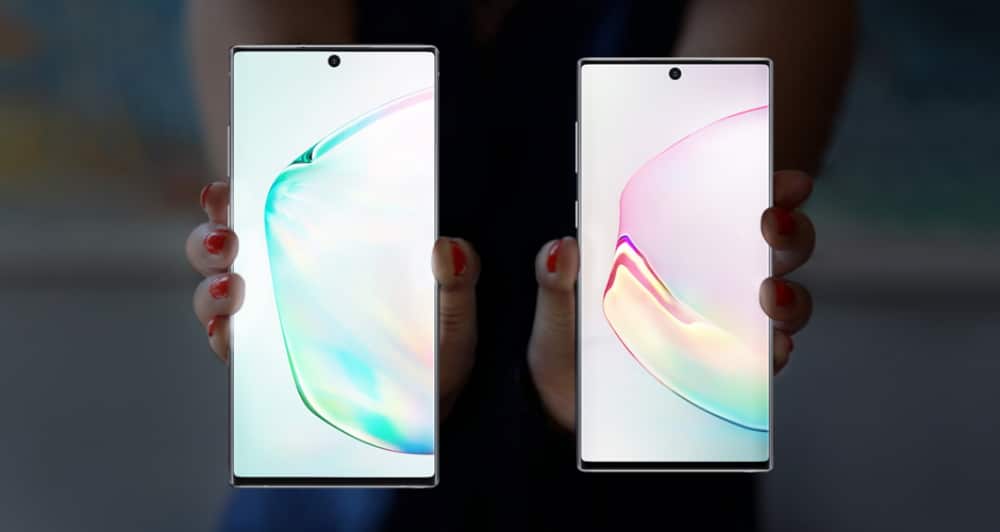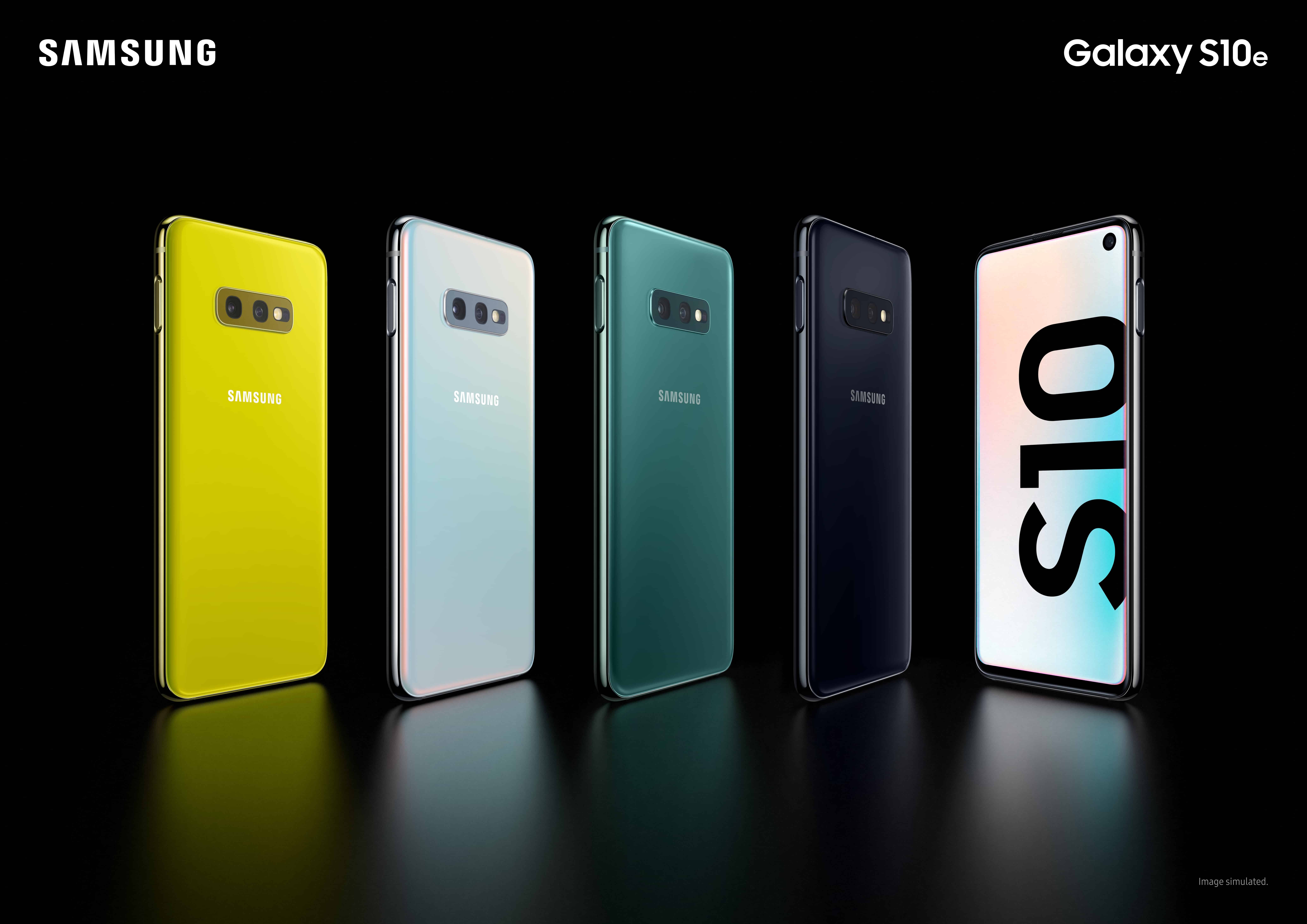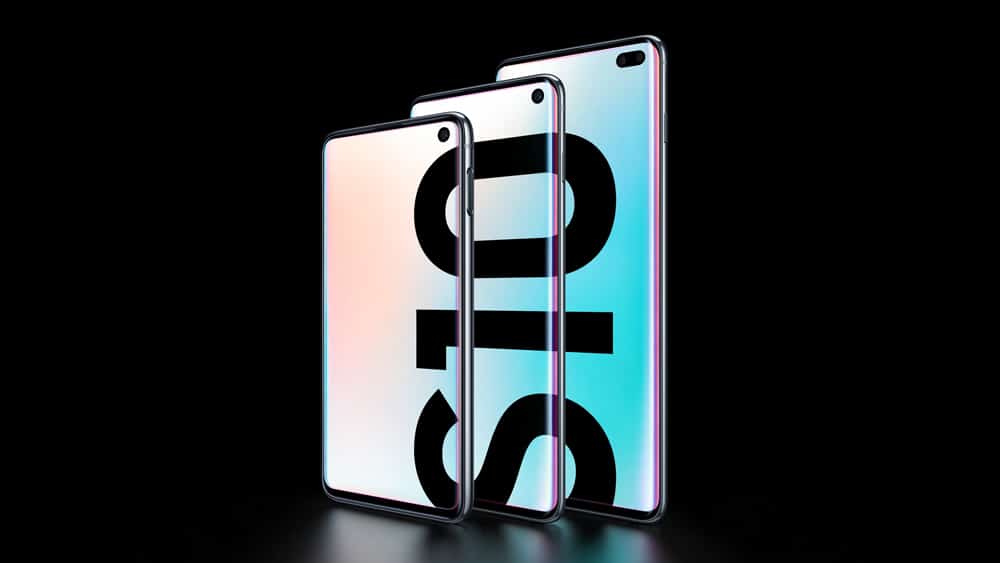
Xiaomi’s sub-brand Redmi launched its flagship smartphone series, the Redmi K20 and K20 Pro, in India yesterday. Xiaomi’s previous flagship phones failed to capture the market and the company is hoping to change that with the Redmi K20 series. But what’re the differences between the Redmi K20 and K20 Pro?
How are these two phones different? Do they only differ in terms of their price and chipset? Or there are other differences as well? Find out in this comparison.
Redmi K20 Pro vs Redmi K20: What’s the Difference
The Redmi K20 and K20 Pro differ from each other in five major ways. Below is a look at them.
#1 Chipset
This one is obvious. The Redmi K20 Pro comes with Qualcomm’s Snapdragon 855 chipset, while the Redmi K20 comes with an 8nm Snapdragon 730 chipset. The latter is still a very powerful chip and sits just below the Snapdragon 855 and 845. It packs enough grunt to handle all heavy games and apps you throw at it without skipping a beat.
However, if you want the best performance possible, the Redmi K20 Pro with its Snapdragon 855 chip is a clear choice.
#2 Slower Charging
The Redmi K20 and K20 Pro both come with fast charging support. However, while the Redmi K20 Pro comes with 27W fast charging support, the Redmi K20 supports slower 18W fast charging support.
The Redmi K20 supports Quick Charge 3.0 support, while the 27W fast charging feature on Redmi K20 Pro is being called as Sonic Charge. This is not Quick Charge 4.0 but USB-Power Delivery. The K20 Pro does support Quick Charge 3.0 as well so it will charge at 18W when used with a compatible adapter.
Xiaomi is only bundling an 18W charger with the Redmi K20 and K20 Pro though. This means if you want to enjoy the full 27W charging speeds on your K20 Pro, you will have to invest in one separately. Xiaomi is selling its 27W SonicCharge adapter in India for Rs 999.
#3 DC Dimming
The Redmi K20 and Redmi K20 Pro both come with bezel-less 6.39-inch AMOLED display. They are both great panels and there’s really not much to complain about.
One major difference between the displays of the Redmi K20 and K20 Pro is that the latter features DC Dimming. This feature helps reduce the PWM modulation flicker in low brightness that occurs on AMOLED panels. This can lead to headache and eye pain which one can alleviate to a large extent using the DC Dimming feature.
DC Dimming is a feature that has only recently started making its way to handsets with AMOLED displays. This includes the Huawei P30 Pro, OnePlus 7, and OnePlus 7 Pro.
#4 No 4K@60fps
The Redmi K20 and K20 Pro both come with the same triple-camera setup: a primary 48MP shooter, a 13MP ultra-wide angle, and an 8MP telephoto sensor. It is only when one looks closer that one realizes that the Redmi K20 Pro features a 48MP Sony IMX586 sensor while the Redmi K20 comes with a 48MP Sony IMX582 sensor.
The Sony IMX582 inside the Redmi K20 is an equally capable camera sensor but it lacks the ability to record 4K videos at 60fps. This is something which is possible with all the three camera sensors of the Redmi K20 Pro.
#5 Price
The above compromises mean that Xiaomi is able to offer the Redmi K20 at a lower price point when compared to the Redmi K20 Pro. The Redmi K20 is priced at Rs 21,999, while the Redmi K20 Pro carries a price tag of Rs 27,999.
The price difference of Rs 6,000 is a big one and ensures that the Redmi K20 series caters to two different kinds of consumers — one looking for a phone around the Rs 20,000 range and another one who want the best performance.
Between the Redmi K20 and the Redmi K20 Pro, which phone would you buy? Drop a comment and let us know!









